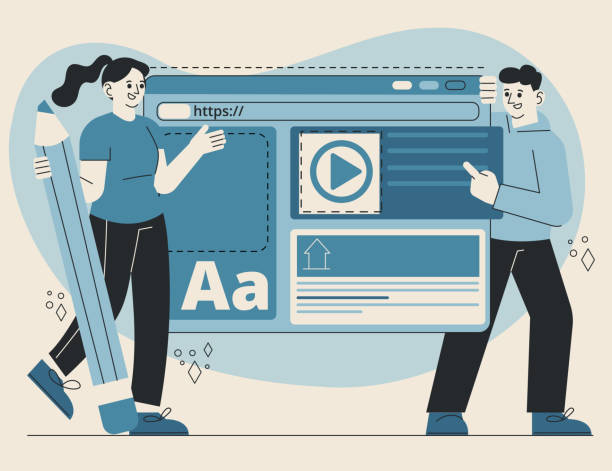The Critical Importance of Speed in Modern Fast Website Design
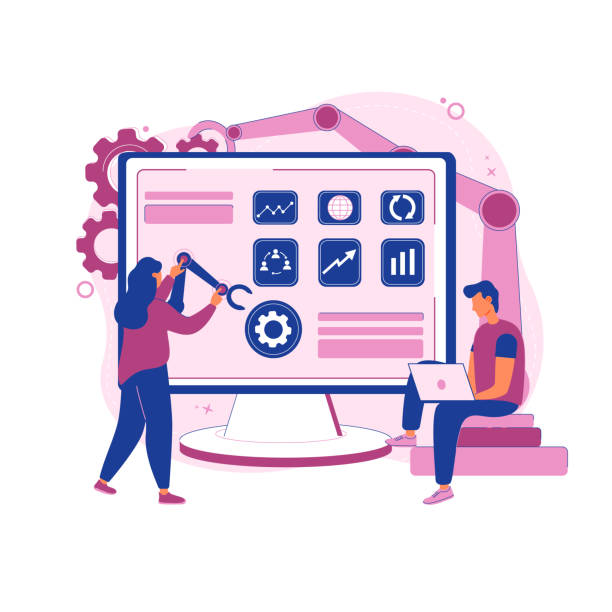
In today’s digital world, where speed is paramount, fast website design is not just an advantage, but an undeniable necessity.
In recent years, user expectations for fast web page loading have dramatically increased.
If your website is slow, users will instantly leave it and turn to your competitors.
This not only leads to a loss of visitors but also directly impacts your conversion rate and ultimately your business’s revenue.
According to the latest statistics, even a one-second delay in page loading can result in up to a 7% reduction in conversions and an 11% reduction in page views.
These numbers clearly show how #website_speed is directly linked to #user_experience and #SEO.
Search engines like Google also place special importance on website speed and consider it one of the main ranking factors.
In fact, slow websites are penalized, and their ranking in search results decreases.
Therefore, investing in fast website design is a wise decision for any online business seeking sustainable success.
In the remainder of this comprehensive article, we will delve deeper into various aspects of website speed optimization and practical solutions for achieving fast website design.
Are you tired of your company’s website not meeting your expectations? With Rasaweb, design a professional website that truly represents your business.
✅ Increase attraction of new customers and sales leads
✅ Enhance your brand’s credibility and trust among your audience
⚡ Get a free website design consultation!
Key Factors Affecting Website Speed
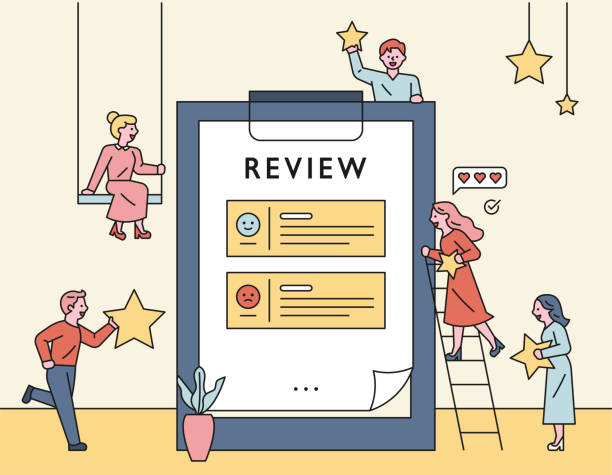
Understanding the factors affecting website speed is the first step towards #performance_optimization and achieving a #high_speed_website.
One of the most important factors is #image_compression and media optimization.
Large-sized images can severely reduce page load speed.
Using appropriate formats (like WebP) and lossless compression are fundamental principles in this area.
Another factor is #caching; by enabling browser cache, information from your website is stored on the user’s device, allowing pages to load much faster on subsequent visits.
Optimizing #CSS and #JavaScript codes through Minification also plays a crucial role; this process involves removing extra characters, spaces, and comments from the code, which reduces file size and increases their download speed.
Choosing a powerful and suitable #hosting is also a vital factor; cheap shared hosting often performs poorly, while dedicated servers or VPS can provide much higher speeds.
Finally, optimized and structured #coding, without extra and unnecessary codes, is the foundation of any #fast_and_efficient_website_design.
Considering these factors, a comprehensive approach can be adopted to improve website performance.
Advanced Frontend Optimization Techniques for Fast Website Design
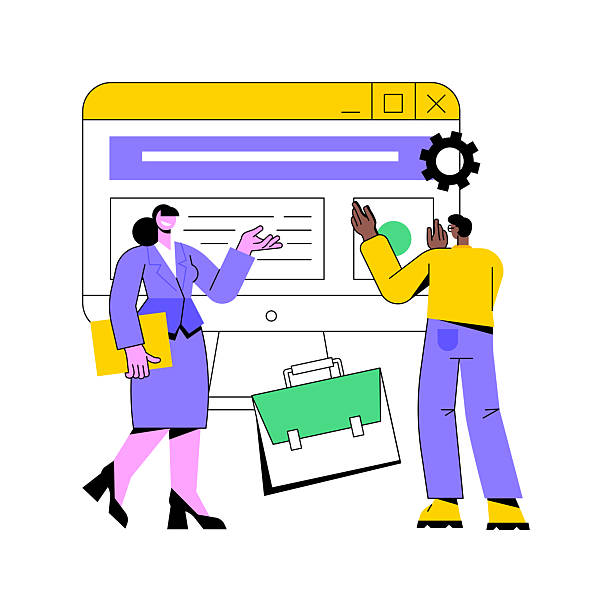
To achieve truly #fast_website_design, frontend (client-side) optimization is of particular importance.
One of the most powerful tools in this regard is the use of a #Content_Delivery_Network (#CDN).
CDNs significantly reduce response times for users in different parts of the world by distributing your website’s content across various geographical servers.
Another technique is #Lazy_Loading for images and videos; meaning these elements are only loaded when the user needs them and they come into view, which dramatically increases initial page load speed.
Also, enabling #Gzip_compression for text files (HTML, CSS, JS) reduces their size by up to 70% and improves download time.
Optimizing the Critical Rendering Path by prioritizing the loading of necessary CSS and JS for displaying Above-the-Fold Content improves the user experience.
Using tools like Google PageSpeed Insights or GTmetrix is essential for performance analysis and receiving optimization recommendations.
Finally, cleaning up and removing unused CSS and JavaScript can also help reduce file sizes and increase speed.
The table below highlights some of these techniques and their impact:
| Optimization Technique | Description | Impact on Speed |
|---|---|---|
| Using CDN | Distributing content from servers closer to the user | Reduced response time and global improvement |
| Lazy Loading | Loading images/videos on demand | Increased initial page load speed |
| Gzip Compression | Reducing the size of text files | Increased file download speed |
| Code Minification | Removing extra characters from CSS/JS | Reduced file size and processing time |
| Image Optimization | Compression and using modern formats | Significant reduction in media loading time |
Backend and Server Infrastructure Optimization for Maximum Speed
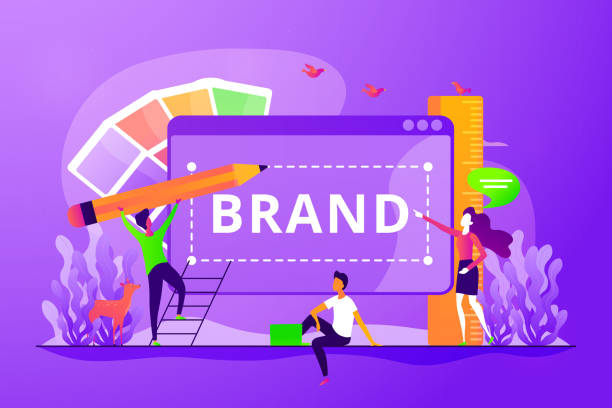
Alongside frontend optimization, improving backend (server-side) performance and infrastructure is also vital for achieving a sustainable #fast_website_design.
The first step is choosing the right #hosting.
Shared hosting, although cheaper, has limited resources and can slow down the site.
Migrating to dedicated servers, VPS, or cloud hosting services with dedicated resources and high scalability can make a significant difference in your website’s speed.
#Database_optimization is also crucial; by removing redundant data, optimizing queries, and proper table indexing, server response time can be significantly reduced.
Using newer versions of programming languages (like PHP 8.x) and high-speed web servers (like Nginx or LiteSpeed) instead of Apache can improve server performance.
#HTTP/2 and #HTTP/3 protocols also offer many optimizations in how data is sent and received from the server, leading to faster page loading.
Even if you use a Content Management System (CMS) like WordPress, #CMS optimization by using caching plugins and limiting database queries is also essential.
Finally, ensuring that your server has enough RAM and CPU to handle the expected traffic is a fundamental step in #fast_website_design.
Is your current e-commerce website not generating the sales you expect?
Rasaweb specializes in professional e-commerce website design!
✅ An attractive and user-friendly site aimed at increasing sales
✅ High speed and security for an ideal shopping experience⚡ Get a free online store design consultation with Rasaweb!
The Amazing Impact of Speed on SEO and User Experience
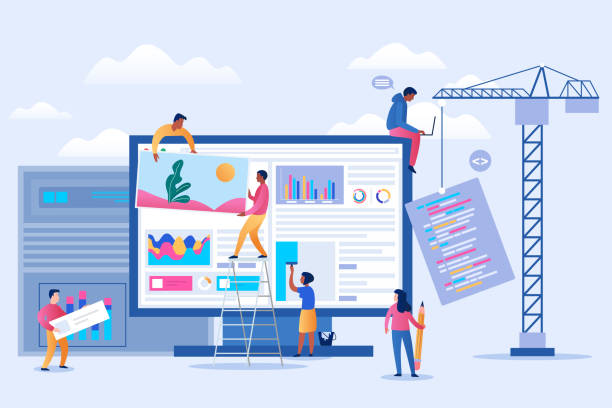
Website speed not only affects visitor satisfaction but also directly impacts your website’s ranking in search engine results.
Google and other search engines consider page load speed as an important factor in #SEO_ranking.
Google’s introduction of Core Web Vitals has further emphasized the importance of speed and user experience.
These vital metrics (such as LCP, FID, CLS) are directly related to the speed and visual stability of pages.
A slow website can lead to an increased #Bounce_Rate; meaning the user leaves the page before it fully loads.
This signals to Google that your website provides a poor user experience, and your ranking gradually drops.
On the other hand, #fast_website_design means a better user experience.
Users enjoy websites that load quickly, spend more time on them, and are more likely to convert into customers.
This leads to an increased #conversion_rate and ultimately greater profitability.
A high-speed site not only increases #customer_satisfaction but also earns their trust.
In fact, investing in fast website design is an investment in the future and success of your online business.
Common Mistakes in Website Design and How to Avoid Them

Achieving #fast_website_design requires avoiding common mistakes that can severely impact your website’s performance.
One of the biggest errors is using #large_and_unoptimized_images.
Many designers or website managers directly upload images without compression and proper dimension adjustment, which significantly increases loading time.
Another mistake is #unoptimized_and_bloated_coding for CSS and JavaScript; sometimes CSS and JS files are very large and contain a lot of unused code that should be removed or optimized.
Excessive use of #extra_scripts and unnecessary plugins, especially in CMSs like WordPress, can lead to an increase in HTTP requests and site slowness.
Choosing inappropriate and cheap hosting that cannot handle the required traffic volume and processing is another glaring mistake.
Not using caching, both server-side and browser-side, causes all content to be reloaded from scratch every time.
Finally, #lack_of_regular_monitoring and oversight of website performance and ignoring reports from speed analysis tools prevents timely identification and resolution of performance issues.
To achieve fast website design, you must continuously review and improve these aspects to provide a better user experience and benefit from the advantages of speed.
Successful Fast Website Design Examples and Lessons Learned
![]()
Reviewing successful examples of websites that have been pioneers in #fast_website_design and performance optimization can be inspiring and a good guide.
Many large and prominent global brands have understood the importance of speed and achieved remarkable results by investing in it.
For example, Amazon reported a 1% increase in sales by improving load time by 100 milliseconds.
Or a Google case study shows that website speed is directly related to #user_return_rate.
News websites like BBC or CNN, with a massive volume of content and visitors, use CDNs, lazy loading, and advanced image optimization to ensure users can access news quickly.
Successful e-commerce platforms also heavily focus on fast website design, as every millisecond of delay can lead to customer loss and reduced revenue.
These examples show how speed optimization goes beyond a mere technical aspect and directly impacts #online_success and business growth.
The lesson learned from these cases is continuous investment in infrastructure, use of advanced tools, and a long-term view of speed.
The table below illustrates the positive impacts of speed in some scenarios:
| Factor | Impact of Speed Improvement | Example (Estimate) |
|---|---|---|
| Conversion Rate | Significant increase | 0.1 second load time reduction = 1% conversion rate increase |
| Bounce Rate | Significant reduction | Every 1 second delay = 32% increase in bounce rate |
| SEO Ranking | Improvement in search results | Higher Core Web Vitals score = better ranking |
| User Satisfaction | Increased positive experience | Increased user loyalty and return |
| Page Views | Increased number of pages viewed | Users are more inclined to browse a fast site |
Future Trends in Speed Optimization and Fast Website Design
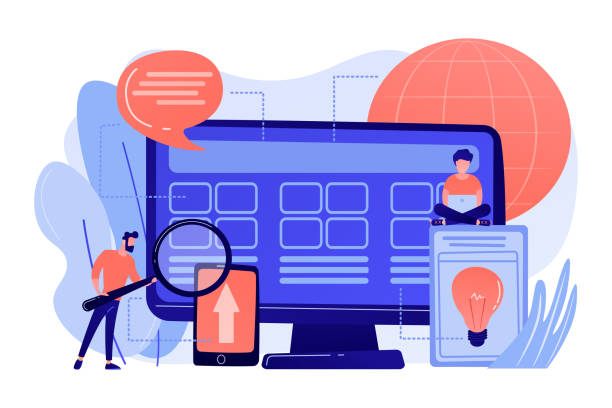
The future of #fast_website_design is being shaped by emerging trends and advanced technologies that will make web experiences faster and more seamless.
One of these trends is the expansion of #Progressive_Web_Apps (#PWA).
PWAs offer a combination of the best features of web and mobile applications, with capabilities like offline functionality, push notifications, and super-fast loading, which significantly improve the user experience.
Another is Accelerated Mobile Pages (#AMP), which allows web pages to load incredibly fast on mobile, especially for news and blog content.
#Serverless_Architecture is also growing, where developers don’t need to manage servers, and code only executes when needed, leading to greater scalability and speed.
Also, the use of #AI_in_web for automatic image, code, and even caching optimization is under development.
WebAssembly also allows developers to execute high-performance code directly in the browser, which can help improve the performance of complex web applications.
With the advent of #5G and increased bandwidth, it is expected that fast website design and the delivery of richer, more interactive content at high speeds will become even more feasible.
These trends indicate that the web world is moving towards greater efficiency and an unparalleled user experience.
Losing potential customers due to an unprofessional website? Rasaweb is your answer! With our specialized corporate website design services:
✅ Elevate your business’s credibility and standing
✅ Experience attracting more targeted customers
⚡ Act now to get a free consultation!
Continuous Maintenance and Improvement of Website Speed

Achieving #fast_website_design is not a destination, but a continuous journey.
Continuous maintenance and improvement of website speed are of high importance, as technologies, content, and user expectations are constantly changing.
The first step in this regard is regular #website_performance_monitoring.
Using tools like Google Search Console, Google Analytics, and third-party monitoring tools can help you identify speed issues as soon as they arise.
Regular #updating of all website components, including CMS, plugins, themes, and server-side programming languages, is essential to benefit from the latest optimizations and security fixes.
Periodic #website_speed_testing, especially after major changes or adding new content, ensures that site performance has not declined.
A/B Testing can be used to compare different versions of pages and measure their impact on speed and user experience.
Also, reviewing and cleaning the database, removing unnecessary plugins, and optimizing new images are among the tasks that should be performed routinely.
Having a #specialized_team or collaborating with fast website design experts can ensure that your website always remains in its optimal performance state and maintains its competitive advantage.
This proactive and continuous approach will guarantee your long-term online success.
Final Conclusion: Why Fast Website Design is a Necessity

In conclusion, it can be definitively stated that fast website design is no longer just a luxury choice for websites, but a strategic necessity for any business or individual aiming for a successful online presence.
Website speed directly impacts three main pillars of online success: user experience, SEO, and conversion rate.
Slow websites drive visitors away, rank lower in search engine results, and lose sales opportunities.
In contrast, a high-speed website not only keeps users satisfied but also helps them access the information they need more quickly, which in turn leads to increased engagement, trust, and ultimately higher revenue.
Investing in speed optimization, through advanced frontend techniques, backend infrastructure improvement, and continuous maintenance, is a smart investment in the #future_of_web and your #competitive_advantage.
Given the increasing competition in the digital space and rising user expectations, businesses that prioritize fast website design will not only survive but thrive in this dynamic ecosystem.
So, take action today to improve your website’s speed and benefit from its countless advantages.
Frequently Asked Questions
| Question | Answer |
|---|---|
| What is fast website design? | The process of building websites that load quickly. |
| Why is website speed important? | It improves user experience, positively impacts SEO, and increases conversion rates. |
| What factors affect website load speed? | Server speed, image size, code optimization, use of browser caching. |
| How can website speed be increased? | Image optimization, compressing CSS and JavaScript files, using a CDN, and choosing suitable hosting. |
| What are the common tools for website speed testing? | Google PageSpeed Insights, GTmetrix, Pingdom Tools. |
| Does the geographical location of the server affect speed? | Yes, less distance between the user and the server leads to less latency and higher speed. |
| What does image optimization mean? | Reducing the file size of images without significantly reducing their quality. |
| What is browser caching and how does it help speed? | Temporary storage of website resources (like images, CSS, and JS files) in the user’s browser for faster loading on subsequent visits. |
| What is the impact of site speed on SEO? | Google considers site speed as a ranking factor; faster sites generally achieve better rankings. |
| How can CSS and JavaScript files be optimized? | By compressing (Minification) and combining files (Concatenation) to reduce size and the number of requests. |
And other services of Rasaweb Advertising Agency in the field of advertising
Smart Marketing Automation: Designed for businesses seeking online growth through user experience customization.
Smart Brand Identity: An innovative service for increasing campaign management through user experience customization.
Smart Advertorials: A fast and efficient solution for increasing website traffic with a focus on Google Ads management.
Smart Social Media: A fast and efficient solution for user engagement with a focus on precise audience targeting.
Smart Brand Identity: Revolutionize customer acquisition with the help of user experience customization.
And over hundreds of other services in the field of internet advertising, advertising consultation, and organizational solutions
Internet Advertising | Advertising Strategy | Advertorials
Sources
? To boost your business in the digital space, Rasaweb Afarin Digital Marketing Agency paves your path to success with services such as custom website design, Search Engine Optimization (SEO), and professional social media management.
📍 Tehran, Mirdamad Street, next to Bank Markazi, Kazeroun Jonoubi Alley, Ramin Alley No. 6


